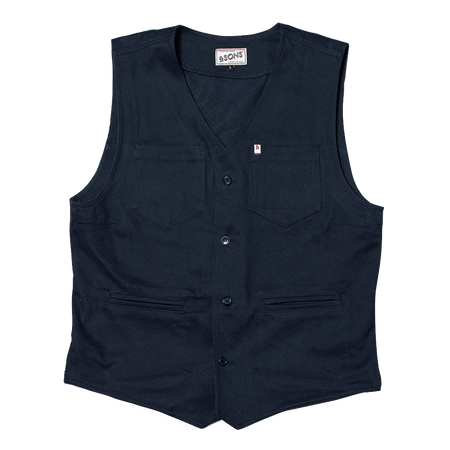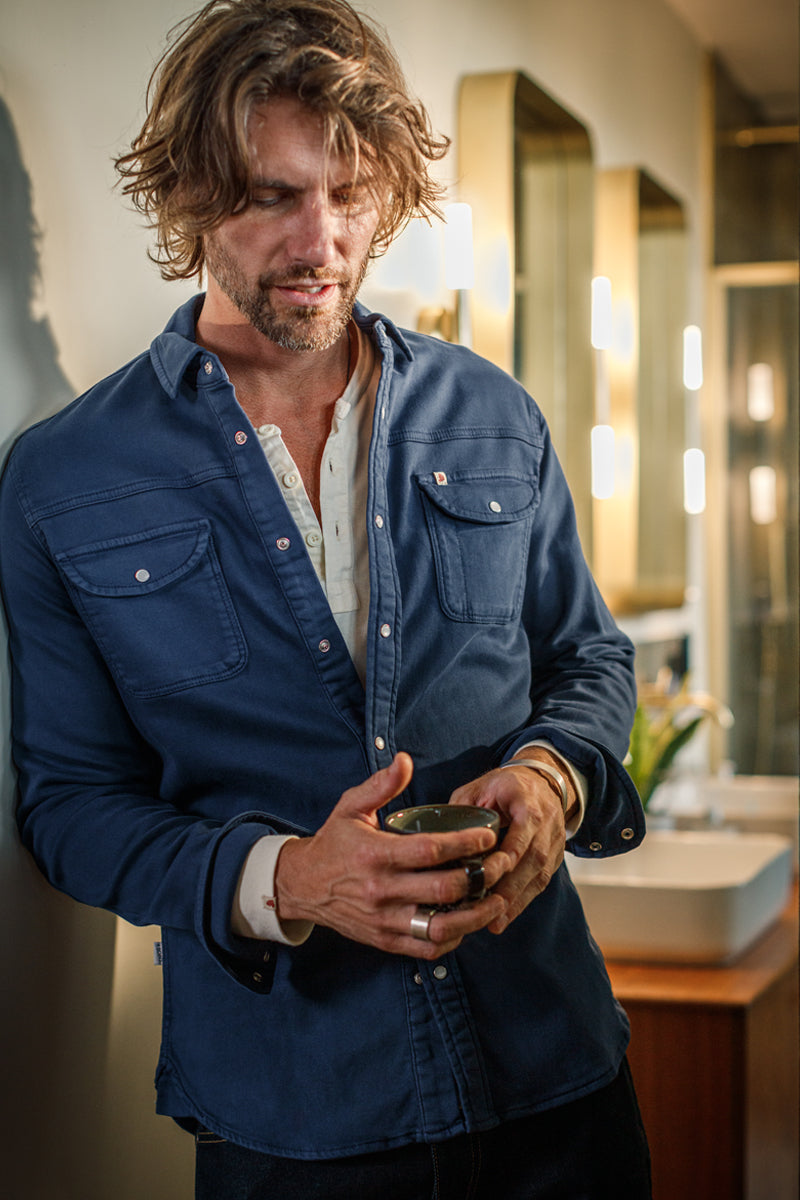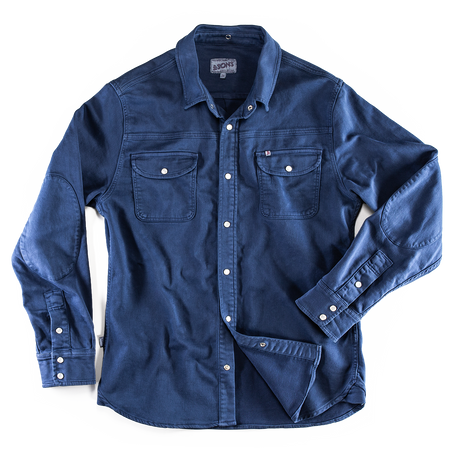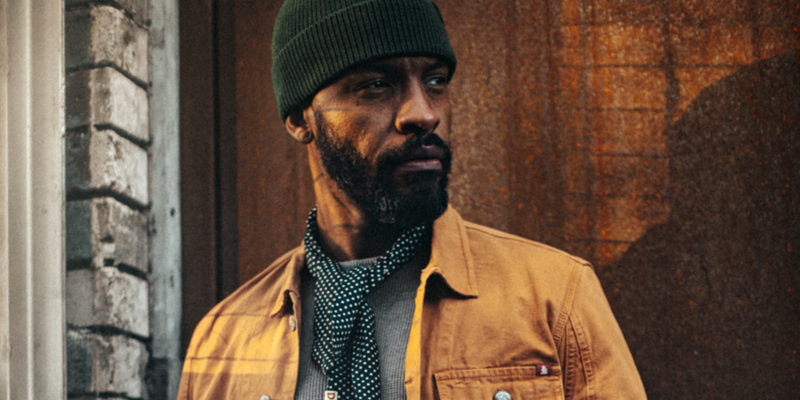After Iron & Air Magazine announced its closure in January 2023, thousands of people in the motorcycling community poured out their condolences and rued the end of one of the best modern print publications. In the summer of 2016, I started working with Iron & Air, first as a full-time editor and then as a part-time contributor, and with each issue released, we wondered if we had just published our last copy of Iron & Air. While print isn’t dead, it has been struggling to breathe and every day the air around it gets thinner.
Bearing witness to the inevitable fate of Iron & Air reminded me why I got involved with the publication in the first place: the people behind the pages. Throughout my career, I’ve contributed to dozens of well-known media outlets that have allowed me to work alongside some of the world’s most impressive creators, but few peers have more positively impacted my life than Adam Fitzgerald and Gregory George Moore, who functioned as the lifeblood, brains, and hearts of Iron & Air. I sat down with Fitzgerald and Moore— who will forever be two of my dearest friends— to better understand the end days of Iron & Air and to hear more about their next endeavour: a content marketing company called The Simple Machine.


































